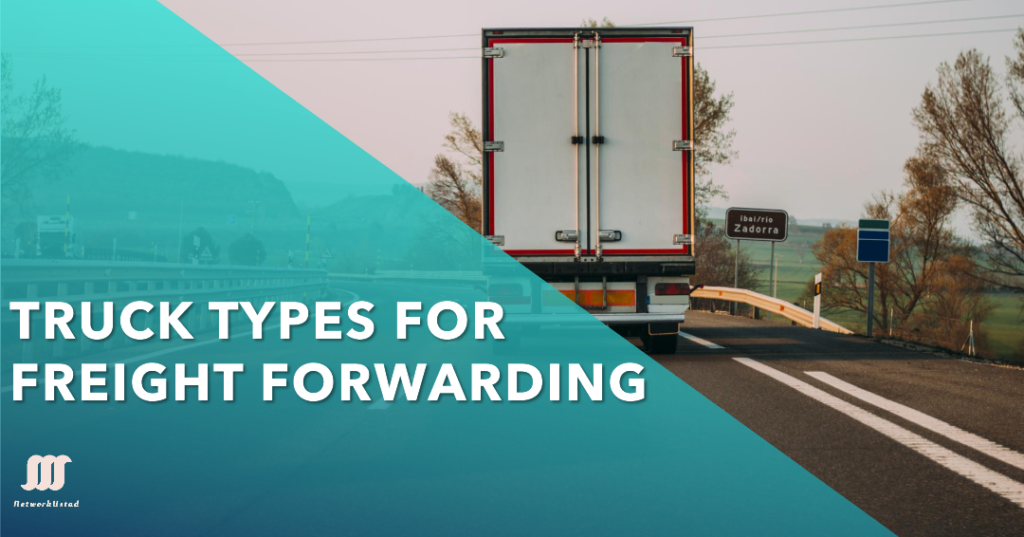Trucks are the unsung heroes of transporting things from one location to another. When it comes to logistics, different truck kinds are like tools in a toolkit; they are all made to perform particular duties and ensure that everything gets where it needs to go quickly and safely.
Let’s examine a few of the trucks most frequently utilized in freight forwarding. Every truck has a certain function: a tanker for liquids or a flatbed for large objects. By being aware of these many kinds, you can choose the one that best suits your demands and guarantee your items’ safe and efficient delivery.
Trucks and Trailers: A Perfect Match
- Tilt Truck: The tilting bed of these types of trucks makes it simple to load and unload large, heavy loads.
- Conestoga: Picture a trailer with a cool tarp-covered body—this is the Conestoga. It’s perfect for hauling bulk stuff like grains or sand.
- Tautliner (Curtainsider): This truck’s rolling side curtains make loading and unloading a variety of freight simple and hassle-free.
- Refrigerator Van: Visualize a vehicle that resembles an enormous mobile refrigerator. It has cooling systems to maintain perishables at the ideal temperature and freshness while traveling.
- Refrigerator Truck: Imagine a car with a built-in refrigerator since the cooling equipment is directly mounted on the truck’s chassis. Though it’s designed to keep items cold while traveling, it looks like a refrigerator van.
- Isotherm Van: These vans are essentially temperature-controlled carriers because of their design, which maintains a constant temperature. This makes them ideal for products sensitive to heat or cold.
- Isotherm Truck: This truck’s temperature control unit is directly placed on the truck’s chassis, similar to the larger sister of the isotherm van. It guarantees that everything remains at precisely the proper temperature throughout transit.
- Drop-Side Platform: This truck’s sidewalls may be raised or lowered, making it simple to load and unload large machinery or equipment.
- Open Platform: Imagine a truck with an open bed, ideal for moving large, heavy objects that require more room.
- Huckepack Trailer: These trailers are perfect for transporting products across many forms of transportation since they are designed to be loaded onto trains or ships. Think of them as adaptable travel companions.
- Mega-Trailers: These are the largest type of trailers, with additional room to accommodate larger loads simultaneously. This results in increased efficiency and fewer travels.
- Jumbo trailers: These are similar to the big hitters of the trailer industry; they are made to move large, specialized equipment or gear requiring a little more space.
Selecting the Proper Vehicle for Your Load
When selecting the correct truck, it basically comes down to the demands of your shipment. Consider the items you are transporting, their weight, size, and kind, as well as the distance they must travel. By becoming familiar with the various truck kinds, you may select the ideal truck to fulfill your freight forwarding requirements.
In Conclusion
The global economy depends on the trucking industry, and the safe and efficient transportation of goods depends on having a wide selection of vehicles for freight forwarding, so if you understand the differences in truck kinds and sizes, you can export your goods with ease and confidence.



